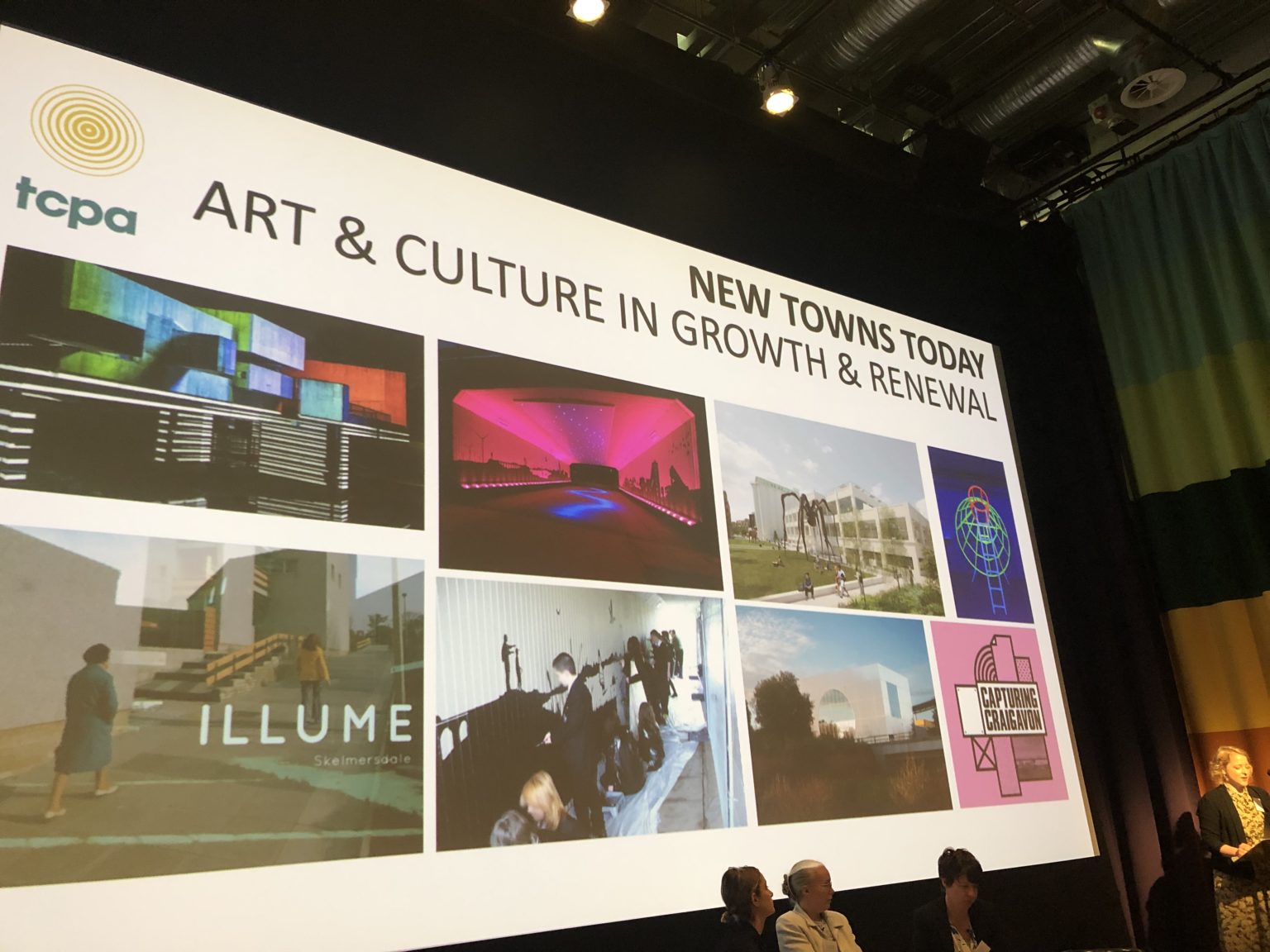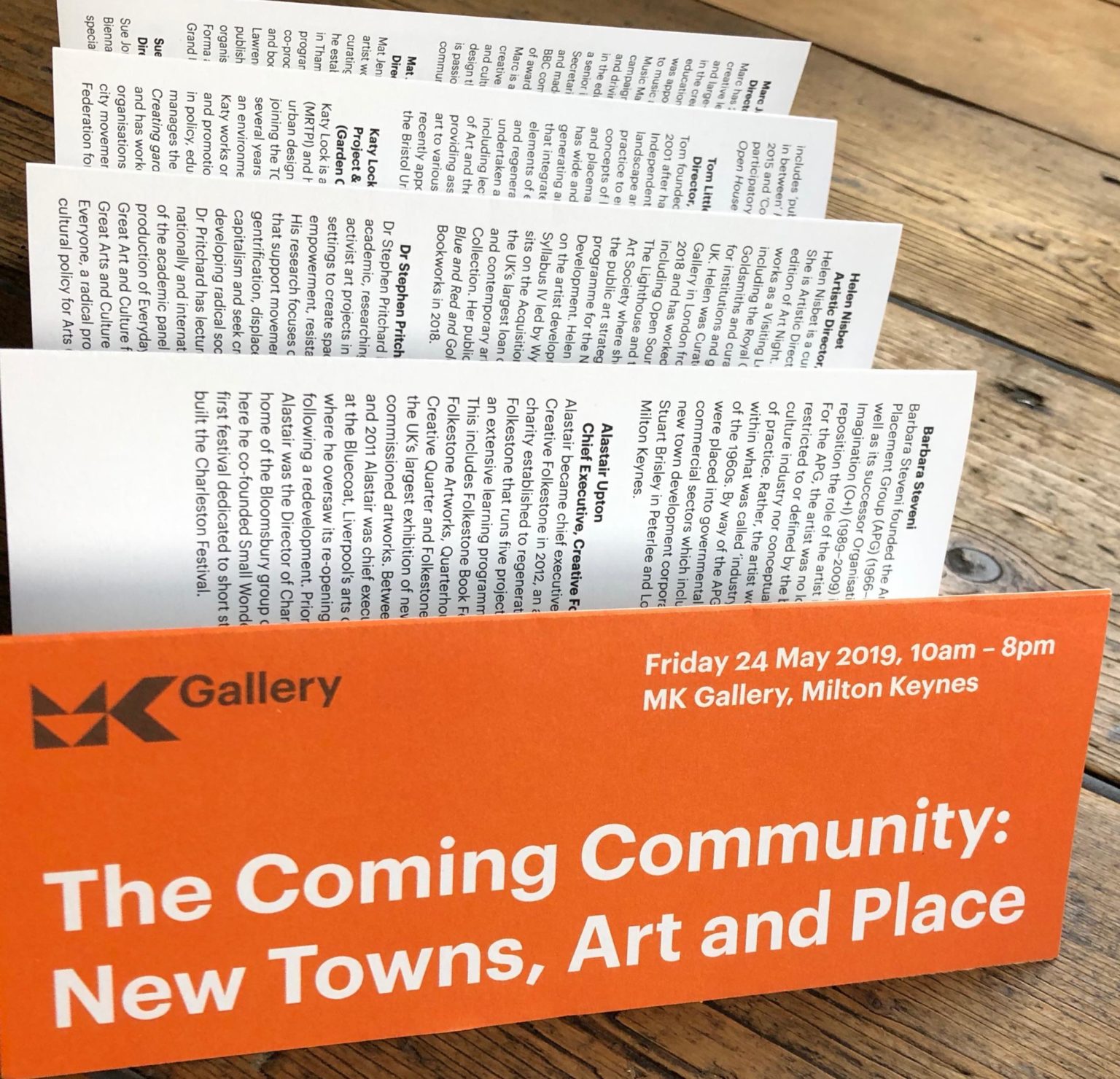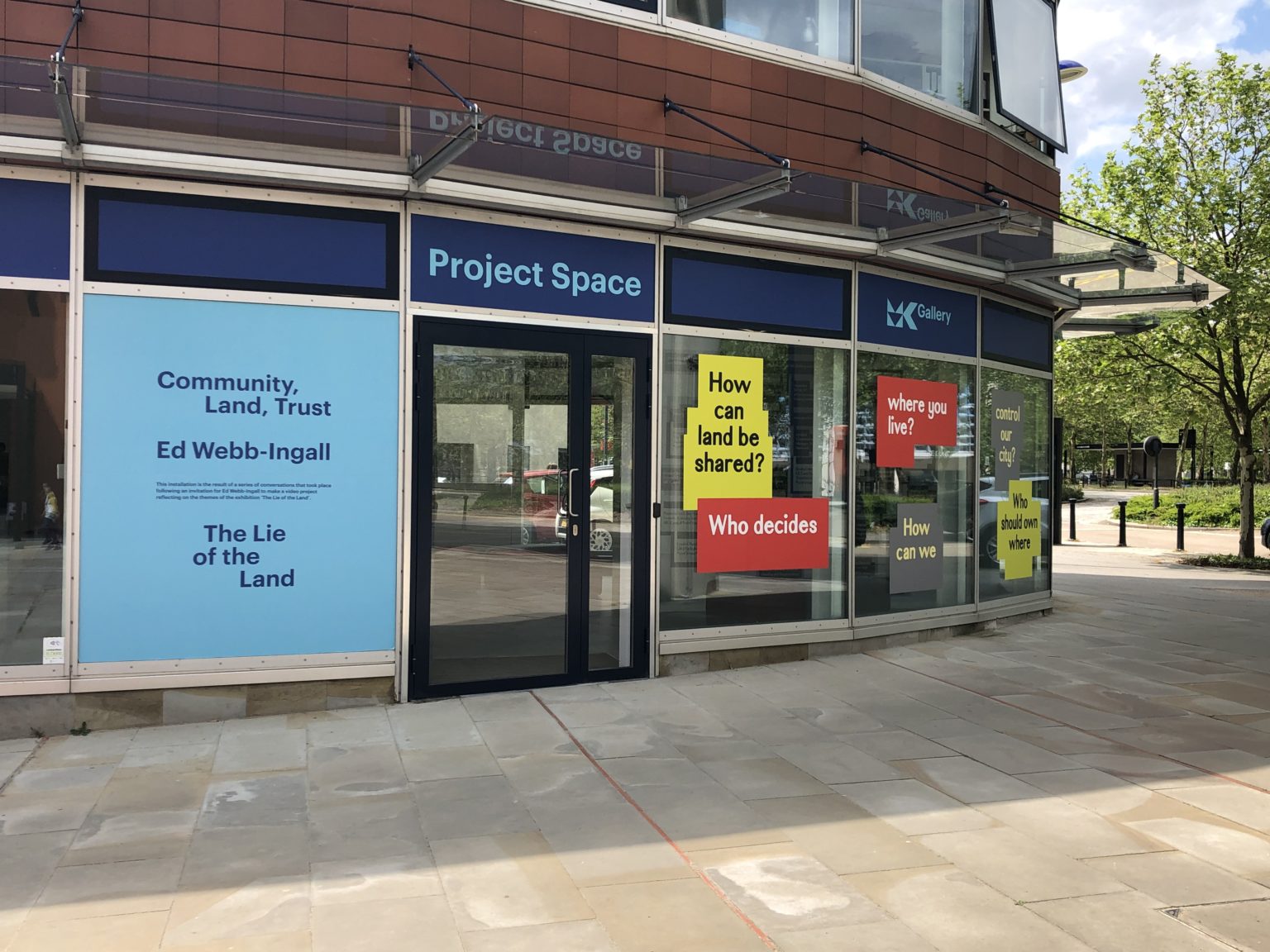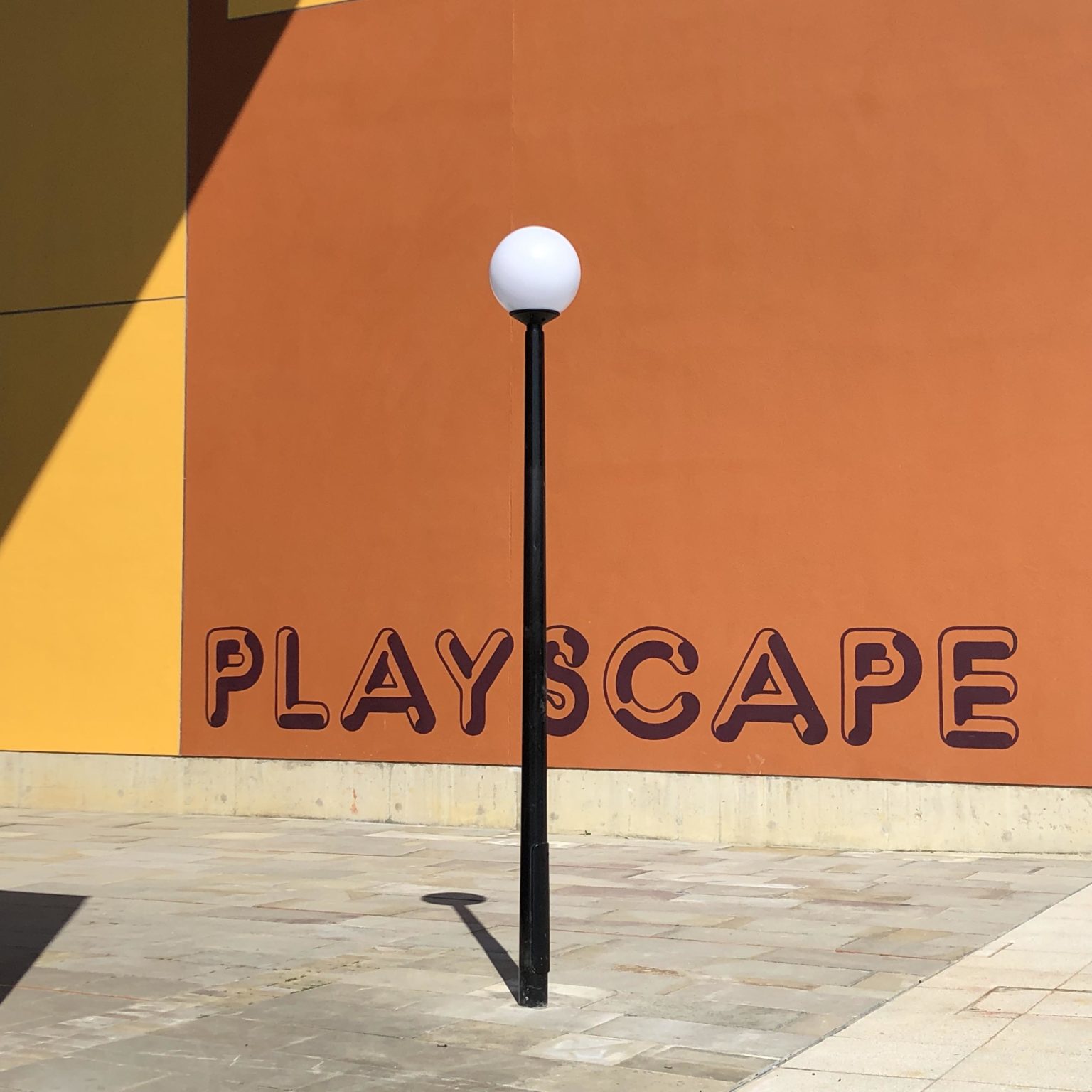The Coming Community: New Towns, Art and Place explores the potential for art in new and expanding communities. By exploring legacies of art and culture in the first generation of new towns, we consider what might be learned from such examples. The symposium interrogates contemporary practices and understandings of placemaking from a civic perspective, and how they can be applied responsibly in 21st century new towns.
Extract from the introduction of the symposium at the MK Gallery, Milton Keynes, 24th May 2019.
First, we had to break down the meaning of regeneration, as it is a nebulous and often subjective term, as well as place specific. One particular area that we wanted to address was who owns the process of regeneration, what does regeneration mean / look like, who is it for and how do communities / residents access and own what happens in their space. It was interesting to hear several view points of people who represented / worked / lived in the various UK former new towns and how that supported and challenged our way of working in Skelmersdale. Ideas around how to engage residents in the importance of a landscape they know everyday, and the architecture they see everyday, the public art (hidden / destroyed and forgotten in Skelmersdale’s case) that inhabits a residents experience of a new town, was also covered.
The discussion also went on to look at issues around archive material from new towns and how to make this accessible, which was an interesting branch of the debate, leading to how new towns have dis-owned aspects of their original identity and how this continues to form in the decades afterwards, changing through defunding, different administrative / political control, to direct creative action within the towns (amongst other changes).
The term culture-led regeneration was referenced but from a position of it not being fully understood because its definition has never been clearly defined. At this point it was mentioned at what the resulting choices or options that are actually being presented to a (new) town and it’s residents currently; are these the only options? Or have other ideas for viewing, developing or preserving been ignored through local and national political agendas. At this point we ran out of time to take this any further.
The speakers and presentations throughout the day were varied and insightful. We were grateful to be able to share our work with a wider audience and within this critical framework examining past and present new town creative landscapes.




